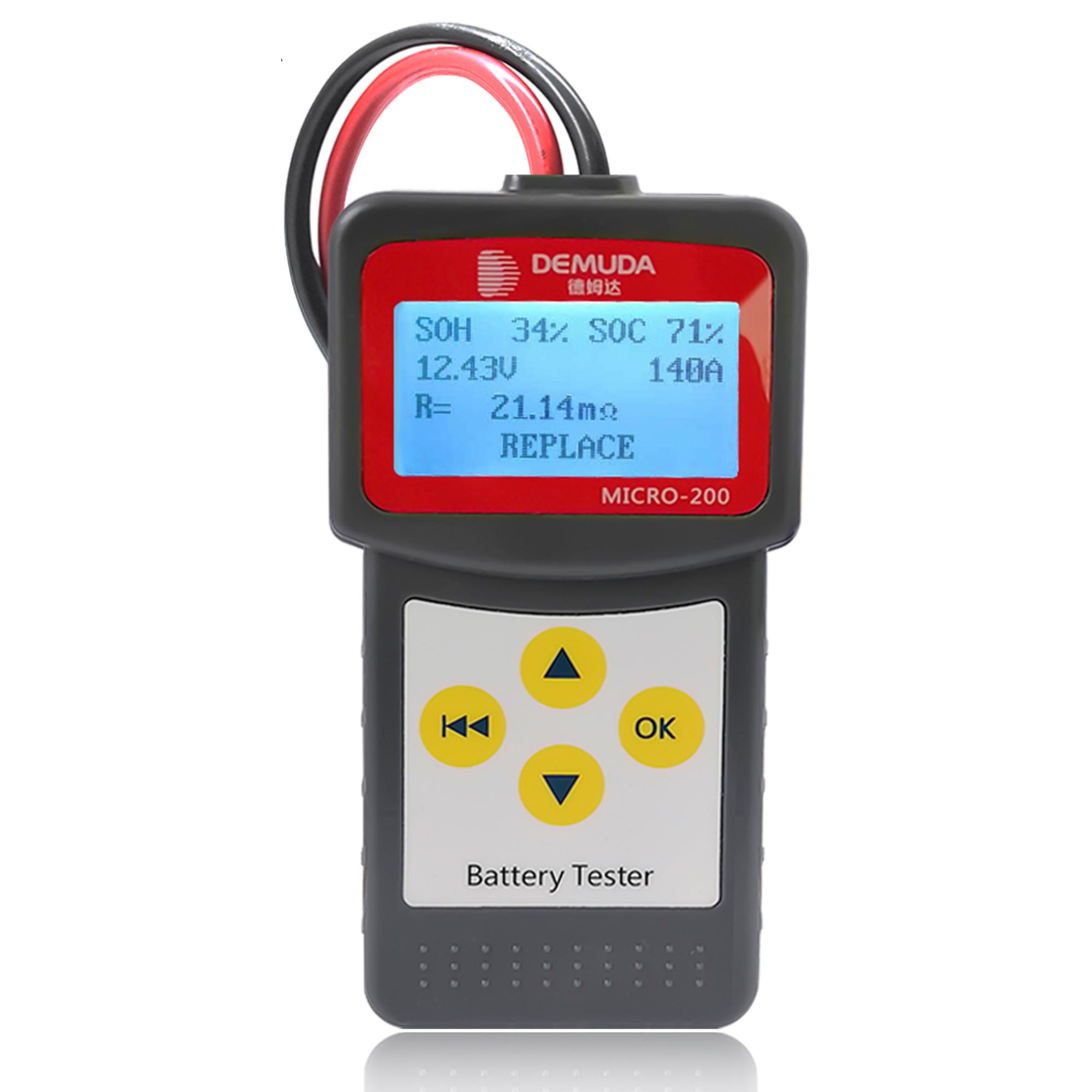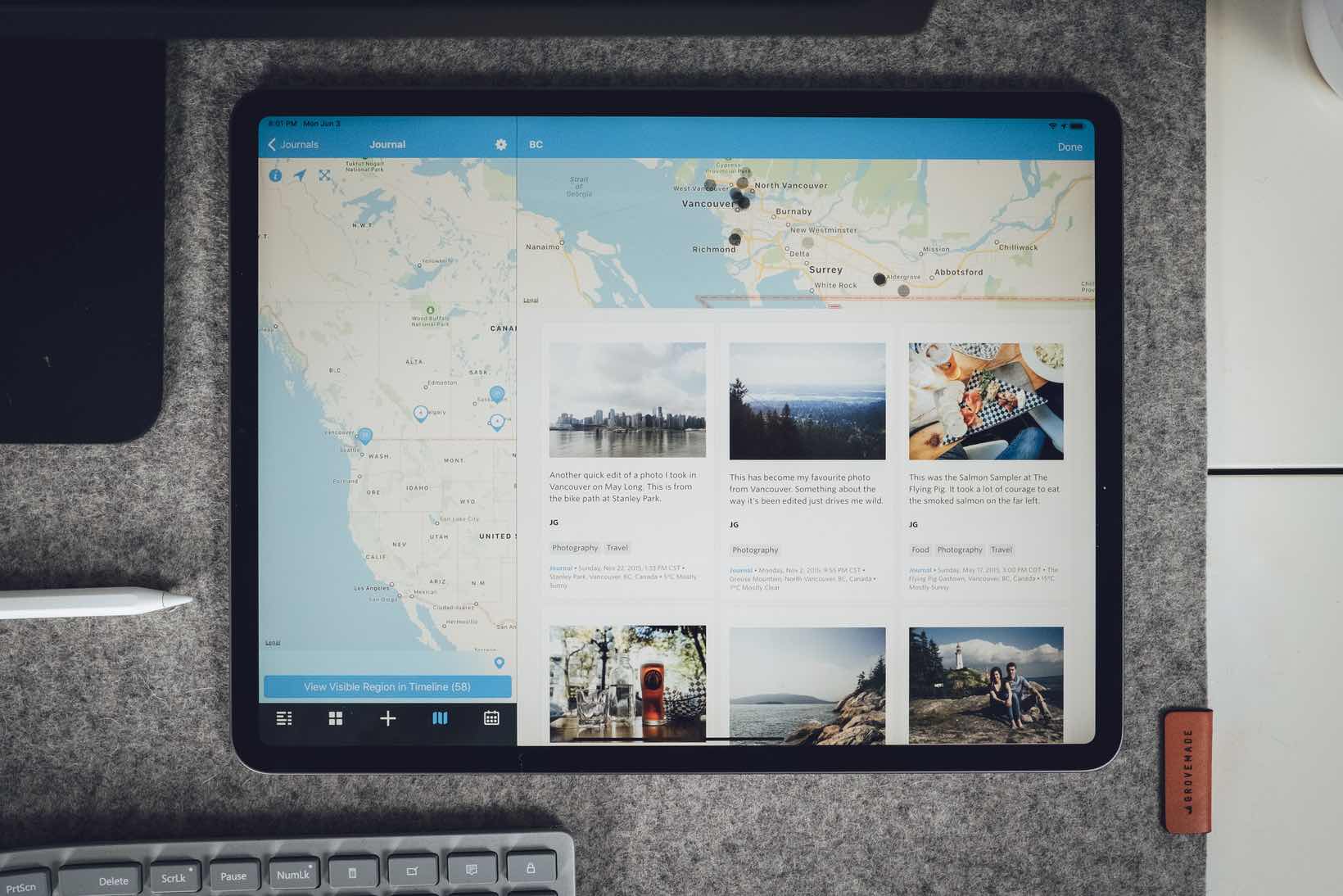

You’ll need to set the charging behavior to “Standard” or change the slider manually to 100% to complete the first step. On XPS machines, this is done through Dell Power Manager or the BIOS. Thus, to charge the laptop fully, you’ll need to find that setting and set your charging threshold temporarily to 100%. OEMs like Dell and Lenovo allow the user to set charging-thresholds on the battery in order to preserve the battery health (this is a very good practice that I encourage all OEMs to follow). The procedure Step 1:įirst, you will need to let your laptop charge to its “full” capacity. If you see only 90% of capacity on a new laptop, however, then this guide will definitely help. Technically it is not good to fully charge and discharge a Li-Ion battery often (which is what calibration requires), so if your battery is not new and the wear percentage seems reasonable, it may be best to leave it. Copy and paste the following line into the command line: powercfg /batteryreportīy doing some quick math you should be able to see how healthy your battery currently is. Right-click the search result to run your choice of app as an administrator. Go to the Start menu and search “cmd” to show the Command Prompt (PowerShell will do fine as well). If your battery is new and showing less than 95% of its original capacity then it is probably worth recalibrating.

Checking your battery’s reported wearīefore bothering with a calibration, it’s necessary to check the reported health of your battery.
#WATTS THE CALIBRE TOOL FOR YOUR MAC BATTERIES HOW TO#
Thus, even as someone who considers themselves to know quite a bit about notebooks, properly calibrating the battery in my new XPS laptops (showing incorrect wear percentages out of the box) was something I had to do a bit of reading up on combined with some trial and error to get right, and so I thought I would write a brief guide on how to do it right the first time.įollowing this protocol, I was able to reduce the reported wear levels significantly to the low single-digits and recover a good deal of battery life. Battery calibration hasn’t been much of a necessity since lithium-ion batteries got so much smarter over the past few years.


 0 kommentar(er)
0 kommentar(er)
